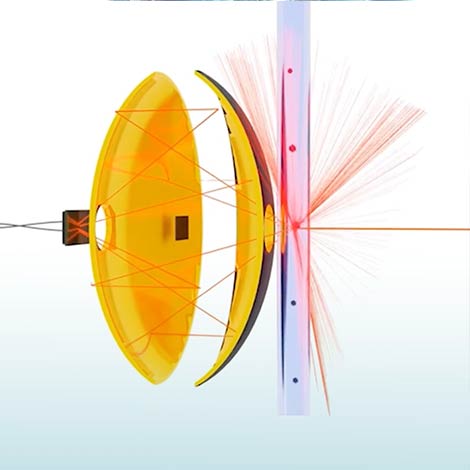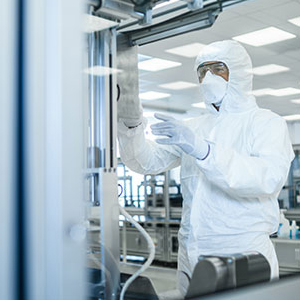How do Particle Counters Work?
Particle counters are built to rapidly count and size contaminant particles in cleanroom air and other controlled environments as well liquids such as chemicals and water. Users tend to see this equipment as simply a device which, when the appropriate button is pressed, absolute results are displayed. However, it is important to be aware of the technology within the instrument in order to understand how particle counters work and interpret the data generated (what particle counters count) and to put the operation of particle counters in context.
Learn how particle counters work and what particle counters count in this paper and watch this video from Particle Measuring Systems (PMS) for a high-level overview:
What particle counters do very well is allow users to take instantaneous samples and get a very good real time
indication of the load of particles in a room or around a critical process. Alternative methods, such as using a filter,
pump, or microscope, are time consuming, subjective, and labor-intensive.
Aerosol particle counters have been and continue to be crucial and beneficial in the development, operation,
and advancement of cleanroom production environments. They are fast, well defined, and non-subjective, and
modern instruments are now extremely stable, robust, and simple to use. By using the scientific principles of light
scattering and comparison to a calibrated reference, these devices ensure repeatable, reliable data
Learn more.. Complete the form on this page get the full paper




